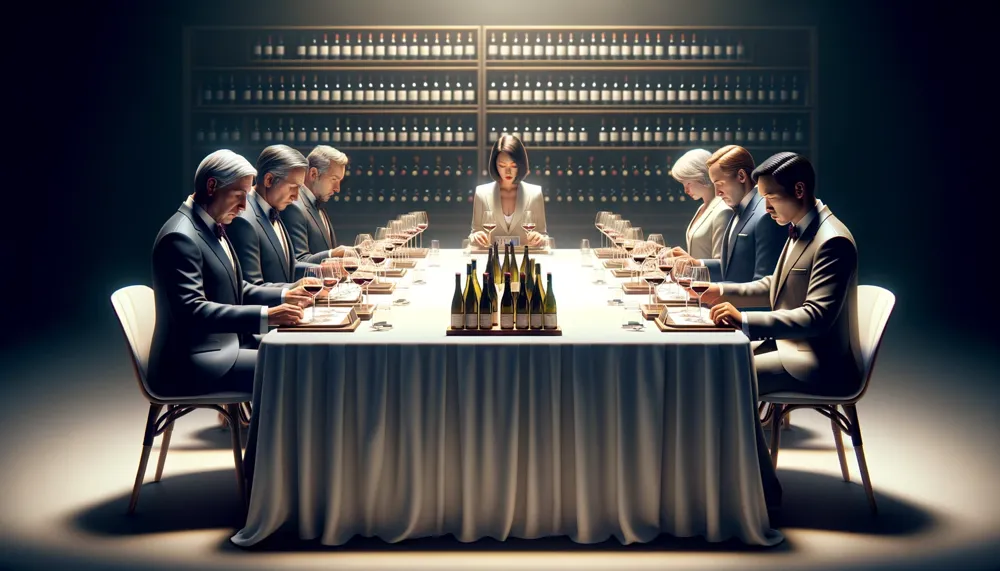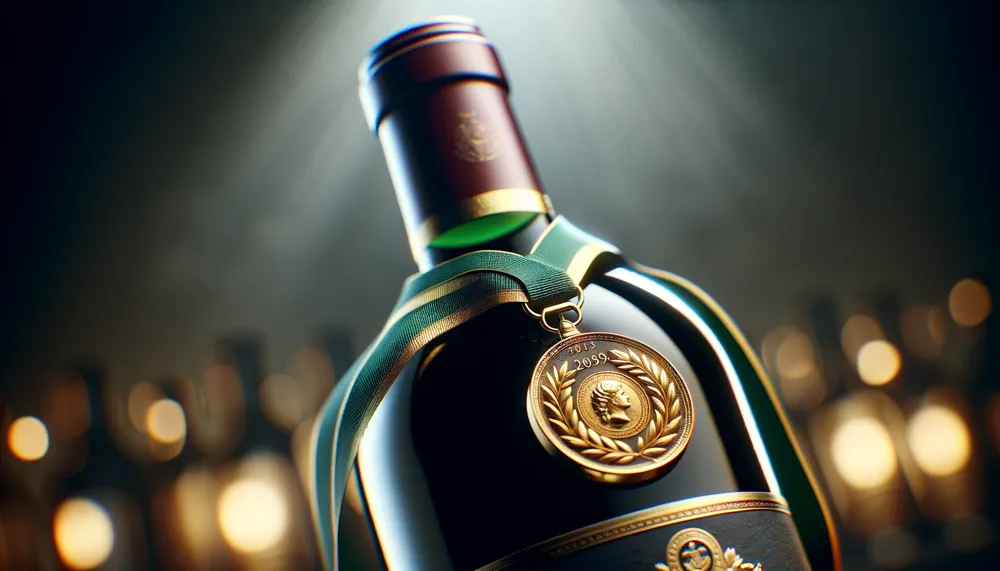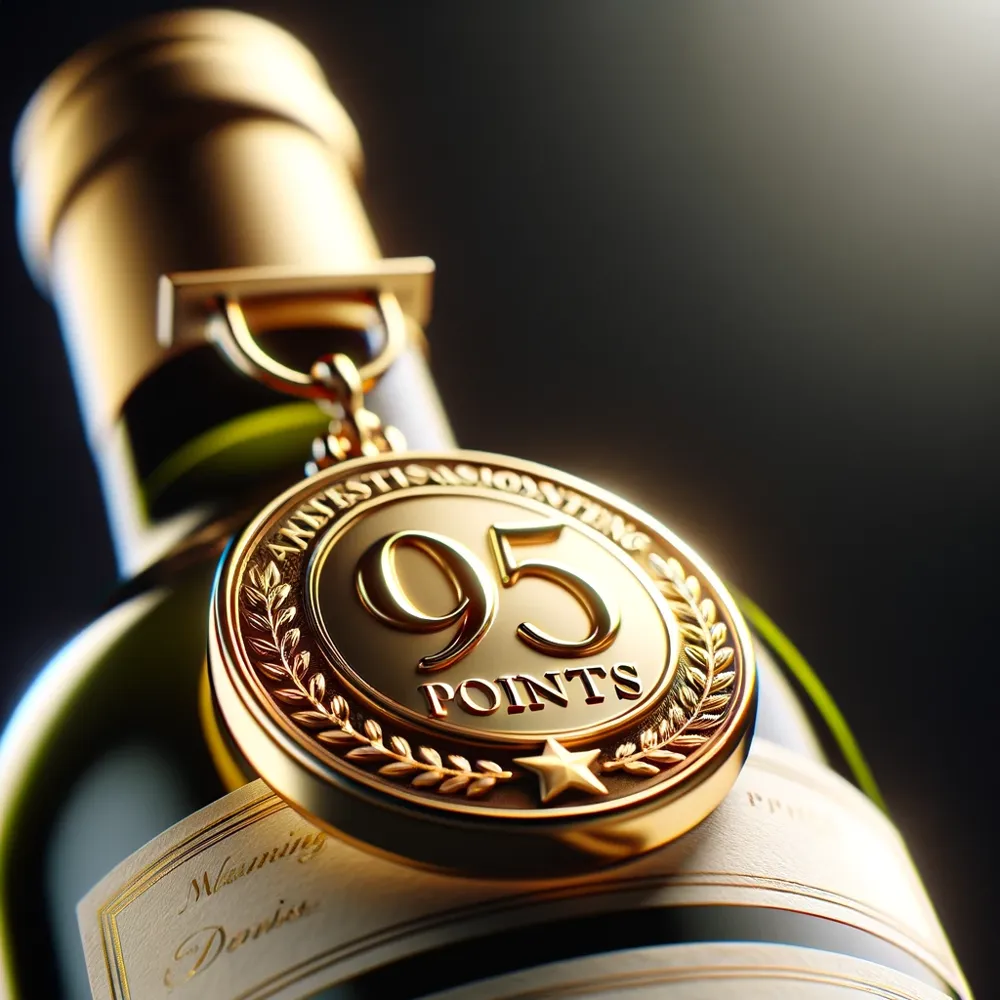Wine Medals, Awards, and Accolades: Just a Marketing Fraud?
Determining the "best" wine is a subjective and nuanced matter. Even if one wine objectively outperforms another, it might not align with an individual's palate. Adhering to the saying, "I only drink what I like," suggests that these personally preferred wines are superior, irrespective of their competition history.
In this blog post, we delve into various wine rating systems, examining their relevance and limitations.

The Merchants Awards
Some merchants employ a 100-Point Scale or medals to rate wines. While this system aims to simplify decision-making by highlighting a wine's qualities, we advise caution. Merchants may be inclined to award higher scores to their own brands or exclusive partners. You should not accept these ratings without question, as they only offer a guideline.
User Ratings
VinoVoss allows users to rate wines on a 0-5 star scale. These ratings mirror the diverse preferences of a community of wine enthusiasts. Each rating is a subjective expression of the user's opinion. The platform helps people connect and share ideas by rating, commenting, and sharing tasting notes.
The Judging Process of Official Competitions
Officially, there's no standardized method for assessing wine quality. However, the International Organisation for Wine and Vine (OIV) has established a thorough approach for wine tasting. The key aspects of this blind tasting approach includes:
- Clarity and Color: The visual aspects of the wine are assessed, including its clarity and color, which can indicate age, grape variety, and quality.
- Scent (Nose): The wine's aroma is evaluated for its intensity and complexity. This includes identifying various scent notes and determining how well they blend together.
- Palate Evaluation: This is a separate assessment focusing on Balance, Length, Intensity, and Complexity (BLIC). Each of these aspects contributes to the overall quality and character of the wine.
An Italian Pinot Noir can be lighter than a Cabernet Sauvignon, despite having more intensity and complexity. However, when evaluating these wines, the key factors are the balance and complexity relative to each wine's character. The way the wine is judged, like its type and expected qualities, is very important in evaluating it.

More Than Bling: Wine Medals
Expert panels, including winemakers, merchants, sommeliers, and seasoned professionals, evaluate the contestants. Occasionally, engaged wine lovers are also invited to join these panels. However, the value of medals varies across competitions. For instance, a gold medal from one event might not hold the same weight as another.
Internationally, the Decanter World Wine Awards (DWWA) is highly regarded. Medal winning wines distinguish themselves, with medals ranging from Bronze to Platinum, indicating varying levels of quality.
The San Francisco International Wine Competition (SFIWC) is a prestigious American contest, with its medals signifying exceptional quality.
The Los Angeles International Wine Competition, dating back to 1939, is renowned for its rigorous standards and experienced judges. It aims to spotlight the world's finest wines.
The TEXSOM International Wine Awards stands out for its educational emphasis and feedback-oriented judging, attracting international interest.
Beyond Medals and Ratings
The International Wine and Spirits Competition (IWSC) extends its recognition beyond wines, honoring individuals and categories for their contributions. Awards in specific segments like old vines or outstanding producers enhance a winery's reputation.

Understanding Wine Critics
Unlike medals, points offer a more specific and detailed segmentation. Influential Wine critic Richard Bampfield MW evaluates labels for major supermarkets. He has simplified both the medal and point systems, enabling wine enthusiasts to differentiate between brands.
The rating scale is as follows:
- 80 Points: Good Wine
- 85 Points: Very Good Wine
- 90 Points: Outstanding Wine
- 95 Points: Classic Wine
However, in the upper echelons, such as the Champions League of wines, a difference is noticeable. For example, a 95-point wine priced at $50 will differ in taste from an equivalent wine with a lower price point at $10. Therefore $10 would receive a lower rating among its peers in the competition. It's crucial to understand the types of wines being judged by the critic.
Prominent critics like James Suckling, Robert Parker, Wine Spectator Monica Larner, Jane Anson, and Jancis Robinson MW also rate wines. These ratings often include brief tasting notes, offering a glimpse into the wine's profile.
Detecting Medals
Medals and ratings are typically displayed on wine labels or producer websites. You can also filter the awards on the websites of the competitions.
However, not all wineries participate in competitions, believing in the self-evident quality of their products. Understanding the nuances of wine competitions can guide consumers in their quest for the best value.
While awards and ratings are valuable indicators, they are but one aspect of a complex and personal journey in the world of wine.
Peter Douglas



